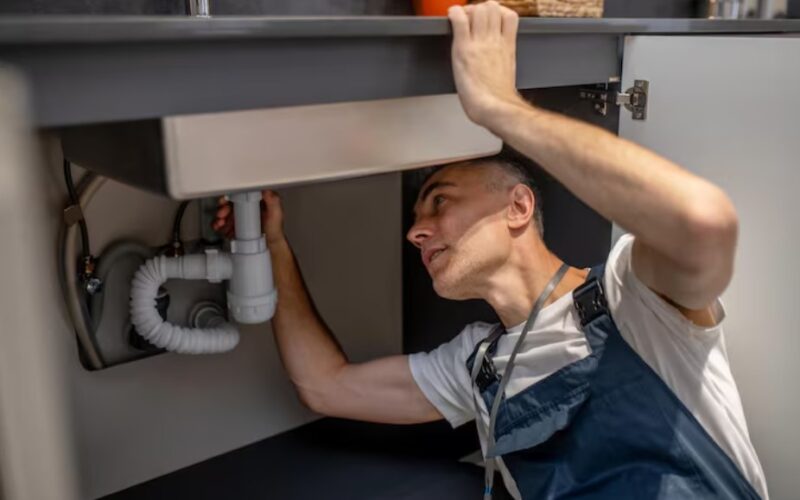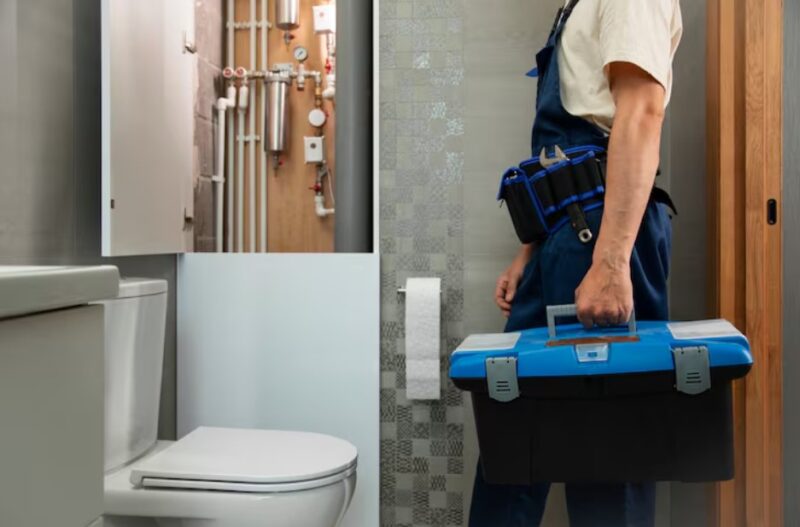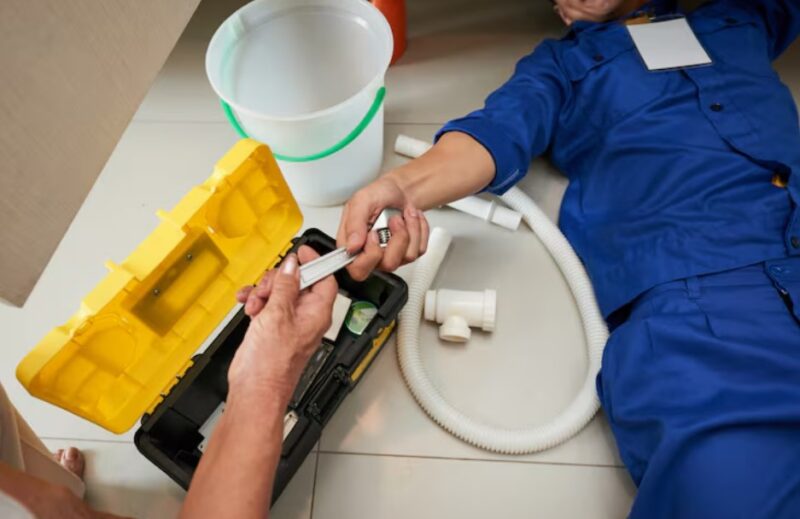Suspecting you might have a plumbing leak, but not being able to find it can drive you crazy. You keep getting those high water bills, and you don’t know what to do about them. Ultimately, you’ve determined that leak detection service from your local plumber is the answer. But now you want to know what you can expect from the service.
Every plumber does things a bit differently. As a general rule, the whole point of a leak detection service is to figure out if you really do have a leak and, if so, where it is.
The thing about plumbing leaks is that they aren’t always what they seem. For instance, it’s possible to pay for a leak detection service only to discover that there is no leak at all. Instead, the water meter is malfunctioning.
A Visual Inspection Is the Starting Point

Salt Lake City plumbing contractor SameDay says your average plumber will begin the leak detection process with a visual inspection. The plumber will walk around the home with a flashlight, looking at fixtures, the water heater, exposed pipes, and even the irrigation system. Sometimes a visual inspection does the trick. Other times it doesn’t.
Moving on to the Water Meter
Should a visual inspection not turn up anything, the next step is usually to monitor the water meter. The plumber will start by making sure all the fixtures and water-using appliances are shut down. This is usually a matter of closing the shutoff valves near each appliance and fixture.
He will take a reading from the meter and then start opening the valves one at a time. With each valve opened, he checks the meter again. The point here is to check for spikes that would indicate a leak. Monitoring one line at a time will pinpoint the bad line should a leak actually exist.
Advanced Leak Detection Strategies
Visual inspections and water meter monitoring reveal the issue in most cases. But when they don’t, plumbers bring out the big guns, so to speak. They have access to advanced leak detection strategies, including:
- Electronic Detection – Electronic gauges with acoustic sensors can pick up the sounds of a water leak. This is a great way to find leaks behind walls and under floors.
- Thermal Imaging – Thermal imaging can pick up temperature differences with pretty good accuracy. This strategy is another good choice for finding leaks behind walls.
- Pressure Testing – A plumber could choose to test a suspect line with a pressure testing device. Its gauges allow for monitoring pressure as water flows through the line. A sudden drop in pressure would indicate a leak.
- Smart Leak Detectors – As a last resort, a plumber might temporarily install smart leak detectors that continually monitor moisture. The sensors are a good option for detecting slow leaks that are hard to observe any other way.
All of these strategies relate to finding leaks in incoming lines. But what about drain lines? Most plumbers rely on video camera inspection to find leaks in drains and sewer lines. But acoustic testing is also possible.
Report and Recommendations

Homeowners can and should expect a report complete with recommendations at the conclusion of an inspection. It’s part of the service. The report is a document that the customer can refer to for both repair decisions and insurance claims.
Now you know what to expect from the leak detection service. If you’re ready to make that call, here’s hoping you don’t have a serious problem. You don’t need the hassle or expense that comes with repairing a major or hard-to-reach leak.


